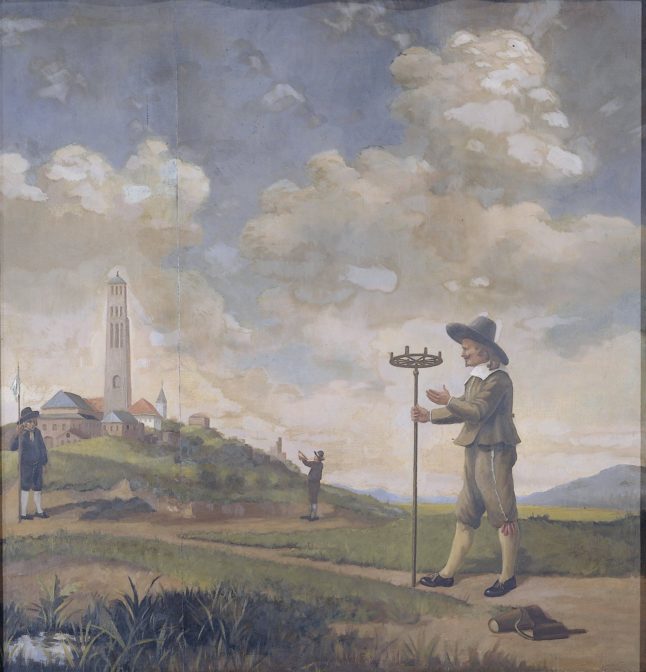In the Netherlands, the metric system was introduced in 1816. Before that time, different areas used different weights and measures. Not only did they use different terms, but the amount indicated by the term could differ from one place to the next.
The Meertens Instituut website has an overview of all the different measures in the country, organized by town, province, or type of measure/weight. If you come across a weight or measure in a record, you can use this website to figure out how much it was.
Types of measures/weights
The website has weights and measures in the following categories:
- botergewicht: butter weight
- botermaat: butter measure
- droge waar: dry measure
- garenmaat: thread measure
- gewicht: weight
- graanmaat: grain measure
- inhoudsmaat: content measure
- lengtemaat: length measure
- natte waar: wet measure
- oliemaat: oil measure
- ruimtemaat: spacial measure
- turfmaat: peat measure
- veenmaat: bog measure
- vlaktemaat: surface measure
- zoutmaat: salt measure.

Surveyor, mid 1600s. Unknown artist, collection Rijksmuseum (public domain)
Example: Lopense in ‘s-Hertogenbosch, 1443
On 2 April 1443, Jan Gielis Back transported 6 “lopensen” land to Willem Jansz van Wijfliet, as registered by the aldermen’s court in ‘s-Hertogenbosch. How large was that property?
In the alphabet, we can click on H to see all the places with an H, which is how places with a ‘s- are alphabetized in Dutch. We then click on ‘s-Hertogenbosch to get a list of all the masures. This includes the “vlaktemaat” [surface measure] lopens or hond which was 0.165 ha (hectares).
Alternatively, we can click on the province, in this case Noord-Brabant. We then select vlaktemaat for surface measure. We then see different variations for lopense. We can click each lemma to see where that particular form was used and how large it was. Sometimes, there will be small differences. For example, the entry for “lopens” says that one lopens was 0.15 hectares in ‘s-Hertogenbosch in 1647. We do not know how much it was exactly in 1443, but this allows us to estimate that one lopense was probably between 0.15 and 0.165 hecrates.
6 lopense would have been 0.9 and 0.99 hectares. If you are used to imperial measures, you can ask Google 0.9 hectares in acres and 0.99 hectares in acres which tells us it is the equivalent of 2.22 to 2.45 acres.


Fascinating – though I have no Dutch ancestors (or at least haven’t found any so far), this is really cool to read about. Useful for all kinds of researchers. And I love the idea of a butter weight!